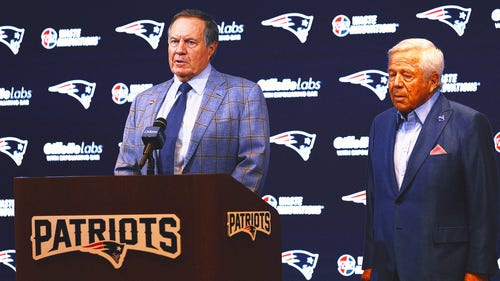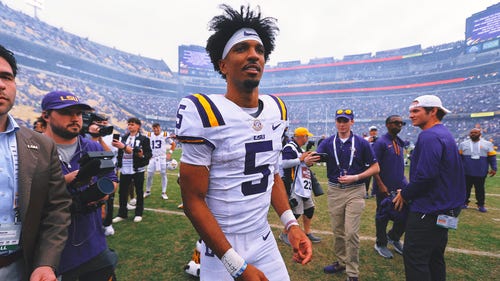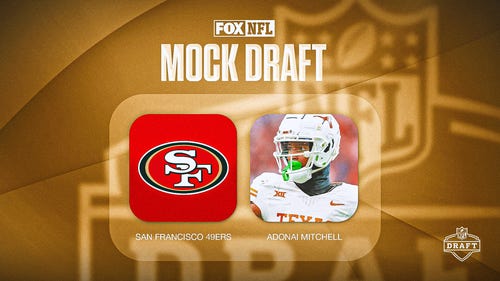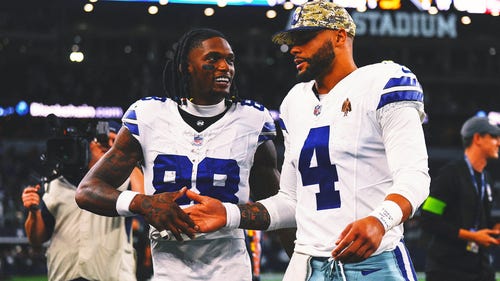
Nicklaus recalls the day JFK was assassinated

The shots rang out at 12:30 p.m. Central time. Within the hour on Nov. 22, 1963, word of John Kennedy's assassination made it to Lafayette, La.
“I was on the ninth green at the Cajun Classic,” Jack Nicklaus said on the eve of the 50th anniversary of the assassination.
Everybody remembers where they were that day, though nobody remembers much about how the golf world responded.
The NFL played on two days later. Basketball, hockey and college football canceled games.
Only one sport was actually playing when JFK's motorcade wheeled into Dealy Plaza. Golf's rulebook meticulously addresses just about everything that might happen during a round. It offered no guidance on what to do when a president gets shot.
“I was walking down the 15th fairway,” tournament chairman Earl Flatt said. “Somebody came down from the clubhouse and told me. That's when we halted play.”
Suddenly, the little old Cajun Classic was figuring out how to handle the most somber asterisk in PGA history. As best as organizers could tell, no live tournament had ever been delayed or postponed over anything except weather.
But no president had been assassinated since 1901, 27 years before the PGA Tour started.
Kennedy was a big football fan, which was one reason his advisers told Pete Rozelle the NFL should play. But he loved golf and had the swing to prove it.
His most famous golf story came right before the Democratic Convention in 1960 in Los Angeles. Kennedy sneaked up to Cypress Point, where he took out a five-iron when he arrived at the par-3 15th hole. One smooth swing later, his career was flashing before his eyes.
“Go in, go in!” yelled his partner yelled.
Democrats had spent years making fun of Duffer-in-Chief Dwight Eisenhower. The last thing they needed was their nominee to look like a country clubber. Kennedy gritted his teeth until the ball stopped six inches short of an ace.
“If that ball had gone into that hole,” he said, “in less than an hour the word would be out to the nation that another golfer was trying to get into the White House.”
Flatt didn't have Rozelle's White House connections to call on for advice. So as the second round hung in limbo, he gathered the board of directors to decide what to do.
“I wanted to halt play,” he said, “but that was overridden by the majority.”
There were practical implications to consider, not the least of which was the Cajun Classic's place on the calendar. It was the final tournament of the year. The last chance for golfers to make a move on the money list.
That's what attracted luminaries like Nicklaus and Arnold Palmer to Lafayette. Otherwise, the tournament might not have existed.
It began in 1958 as a bone that was thrown to the working stiffs on tour. The Tournament of Champions was only open to tournament winners. Golfers who hadn't won in the previous year started grousing, so the T of C offered $5,000 to any group that would start an alternate tournament.
Oil money had turned Lafayette into a mini-boom town. Lafayette was also home to brothers Lionel and Jay Herbert. Both had won a PGA Championship, and they cajoled local businessmen into starting a tournament.
It was held opposite the T of C in May at first, then moved to its November date. Palmer had won $128,230 that year, and the Cajun's total purse was $35,000. He knew nobody could catch him, so he passed on the event.
Arnie was out of reach, but Nicklaus wanted to be the second golfer to reach $100,000 in a season. When he had a goal, it took a lot to break his focus.
“I was 23 years old. And as I have said before, I often played with blinders on,” Nicklaus said. “I was absolutely sad that we lost the President of the United States. Everybody was sad.”
The tournament played on that Friday, but there was no golf at the Oakbourne Country Club the next day. The board of directors decided to postpone the third round.
“It was absolutely the right thing to do,” Nicklaus said.
They would play 36 holes on Sunday. About midway through, Lee Harvey Oswald was shot. That news only added to the surreal fog that engulfed what was usually a big party.
“Nobody was in a festive mood,” Flatt said. “We wanted to end the Cajun Classic.”
Rex Baxter Jr. took first place. It would be his only tour win.
Nicklaus broke the $100,000 mark, barely. If Dave Marr had made a five-foot putt on the final hole, Nicklaus would have finished in a three-way tie for fifth place. That would have left him $10 short.
Marr missed. Now the man who made $5,734,322 on tour (and gobs more off it) looks back and remembers something besides that milestone.
“I was mourning,” Nicklaus said, “like everybody else.”
The Cajun Classic lasted another five years. Support dwindled, money got bigger on tour and making that final paycheck wasn't as important. About all that's left is a plaque at Oakbourne listing the names of the 11 winners.
There's no asterisk next to Baxter's name. But it was a tournament everyone would just as soon forget.















































































































































